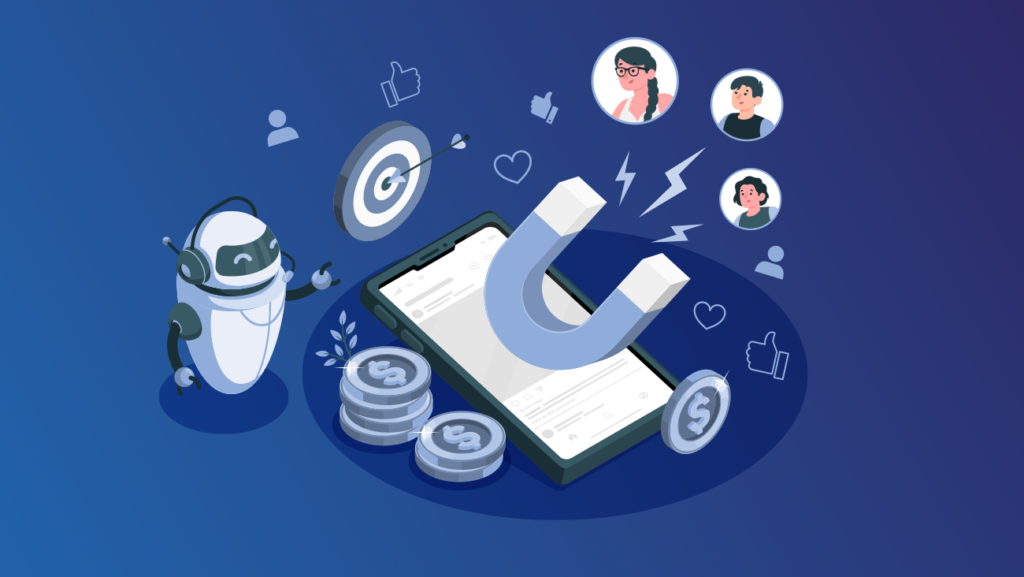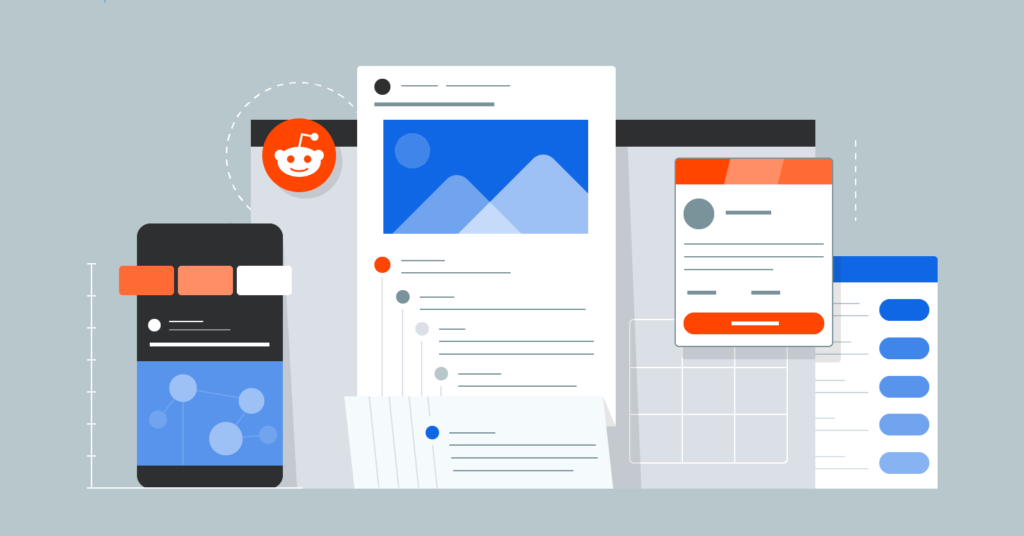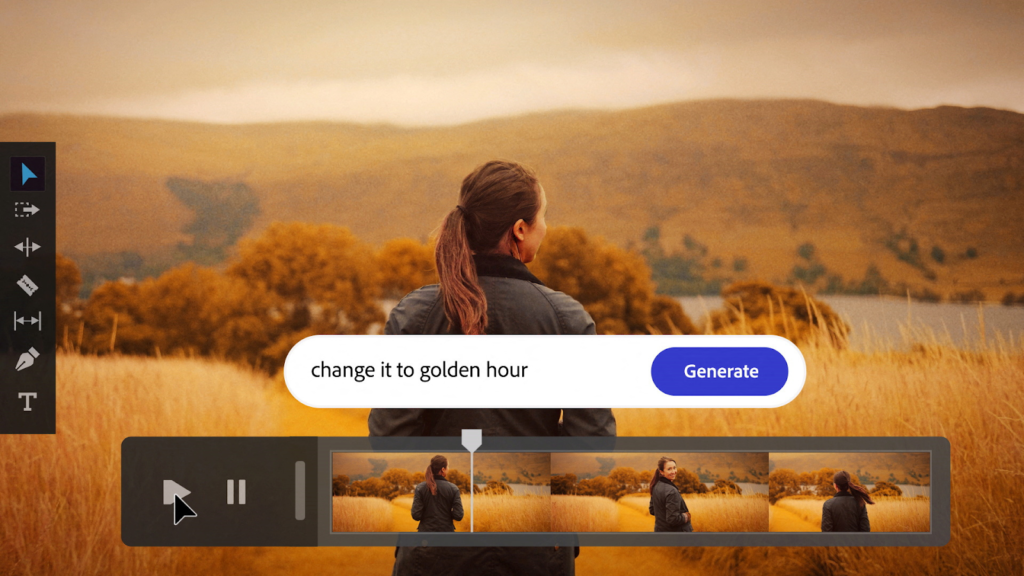Mastering Lead Generation in 2024: 12 Cutting-Edge Strategies to Attract Qualified Prospects
In the dynamic realm of digital marketing, the year 2024 introduces both challenges and opportunities that businesses must navigate to excel in lead generation. Adapting to this ever-evolving landscape requires innovative strategies that align with the preferences of the modern consumer. In this detailed guide, we explore 12 advanced tactics designed to attract and engage qualified prospects effectively. Understanding the 2024 Landscape: A Prelude to Evolution The landscape of digital marketing is undergoing a profound evolution in 2024. The convergence of technological advancements, shifting consumer behaviors, and an ever-expanding digital ecosystem sets the stage for a transformative journey in lead generation. As businesses navigate this intricate terrain, the imperative is clear: traditional methods alone will not suffice. To stay ahead in the game, companies must embark on a journey of exploration and innovation. To remain at the forefront of this game, businesses must adopt strategies that go beyond conventional methods. This comprehensive guide is crafted to assist businesses in navigating the intricate terrain of lead generation, offering insights into advanced strategies tailored for success in the contemporary market. 1. Personalized Content Experiences The Evolution of Personalization: Beyond Trend to Necessity Personalization in 2024 is a far cry from the generic approaches of the past. It goes beyond addressing individuals by their first names; it involves a deep understanding of their preferences, behaviors, and unique characteristics. This evolution stems from the heightened expectations of today’s consumers, who seek not just products or services but experiences tailored to their specific needs and desires. Tailoring Content Experiences: The Essence of Personalization At the heart of this evolution lies the art of tailoring content experiences. It involves crafting a journey that aligns seamlessly with the individual preferences and behaviors of the target audience. This strategic customization serves as the linchpin in capturing attention, maintaining interest, and ultimately driving meaningful actions. Dynamic Content: Shaping Experiences in Real-Time Dynamic content stands as a cornerstone of personalized content experiences. In 2024, it’s not enough to present static information; instead, content must dynamically adapt to the user’s behavior, preferences, and even real-time interactions. Whether through personalized recommendations, dynamic product displays, or adaptive storytelling, dynamic content ensures that each interaction feels uniquely tailored. AI-Driven Personalization: The Power of Data Insights The infusion of artificial intelligence (AI) into personalization strategies marks a significant leap forward. AI-driven personalization leverages advanced algorithms to analyze vast amounts of data, extracting actionable insights into individual behaviors and preferences. This data-driven approach allows businesses to predict user needs, ensuring that each piece of content resonates with maximum impact. Adaptive Messaging: Meeting Users Where They Are In the era of personalized content experiences, one size fits none. Adaptive messaging is the key to tailoring communication to the user’s specific journey. Whether a prospect is at the awareness stage, considering a purchase, or seeking post-purchase support, adaptive messaging ensures that the content aligns with their current needs and guides them seamlessly through the sales funnel. Creating a More Personalized Journey: Practical Strategies To implement personalized content experiences effectively, businesses can delve into practical strategies that align with the principles of personalization in 2024: User Profiling and Segmentation: Begin by creating detailed user profiles based on demographic information, online behavior, and historical interactions. Segmentation allows for more targeted personalization, ensuring that content resonates with specific audience segments. Behavioral Tracking and Analysis: Implement robust tracking mechanisms to monitor user behavior across digital touchpoints. Analyze this data to uncover patterns, preferences, and points of engagement. This behavioral insight forms the foundation for personalized content strategies. Dynamic Content Modules: Integrate dynamic content modules into websites, emails, and other digital assets. These modules can adapt in real-time based on user interactions, showcasing relevant products, recommendations, or messaging tailored to individual preferences. AI-Powered Recommendation Engines: Leverage AI-powered recommendation engines to provide users with personalized suggestions. Whether recommending products, content pieces, or next steps, these engines enhance the user experience by anticipating and meeting individual needs. A/B Testing for Optimization: Continuously refine personalization strategies through A/B testing. Experiment with different variations of personalized content to identify the most effective approaches. This iterative process ensures ongoing optimization and adaptation to changing user preferences. The Impact of Personalization on Engagement and Connection The implementation of personalized content experiences yields a profound impact on user engagement and the establishment of a deeper connection. When users feel that the content speaks directly to their needs and preferences, they are more likely to invest time, interact more meaningfully, and progress further along the conversion journey. Enhancing Engagement Personalized content captures attention by presenting information that is immediately relevant and valuable to the user. Whether through tailored product recommendations, personalized offers, or content that aligns with specific interests, engagement levels skyrocket when users feel that the content speaks directly to them. Building a Stronger Connection Beyond engagement, personalized content experiences contribute to building a stronger emotional connection with the audience. By demonstrating a keen understanding of individual needs and preferences, businesses convey that they value each user as a unique entity. This sense of being understood and appreciated fosters trust and loyalty, essential components of a lasting connection. Navigating Ethical Considerations: Balancing Personalization and Privacy While the benefits of personalized content experiences are undeniable, businesses must navigate the ethical considerations surrounding data privacy. Respecting user privacy and obtaining consent for data usage are foundational principles. Transparency in how data is collected, used, and secured builds trust with users, reinforcing the positive impac 2. AI-Powered Chatbots for Real-Time Engagement In the ever-evolving landscape of digital marketing, the integration of artificial intelligence (AI) into lead generation strategies has become a transformative force, with AI-powered chatbots emerging as the vanguard of real-time engagement. In this exploration, we delve into the intricate realm of AI-powered chatbots, uncovering how these advanced bots can revolutionize lead generation efforts by providing instantaneous engagement, addressing queries, and adeptly guiding prospects through the intricate pathways of the sales funnel. Understanding AI-Powered Chatbots At its core, an AI-powered chatbot is a sophisticated software application designed to simulate conversation with











